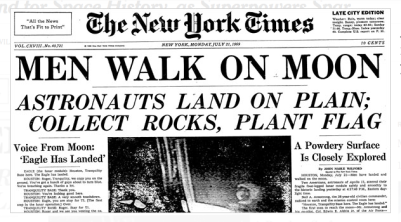“Habit is a cable; we weave a thread of it each day, and at last we cannot break it.”
~ Horace Mann ~
One of the professional books I’m reading this summer is Learning and Leading with Habits of Mind, by Arthur L. Costa and Bena Kallick. Published in 2008, this book outlines “a set of behaviors that discipline intellectual processes” and provides teachers with strategies to integrate them into “instruction in every school subject.” (p. 12-13) These habits “are dispositions that empower creative and critical thinking.” Costa and Kallick’s work begins with the same premise behind Carol Dweck’s work with growth mindset. That is, “intelligence is a set of teachable, learnable behaviors that all human beings can continue to develop and improve throughout their lifetimes.” (p. 12) During the coming school year, my colleagues and I will be working to incorporate these habits into our daily work with children. This, of course, will include modeling.
This tweet from Jane Yolen last week instantly provided a modeling strategy for three of the sixteen habits of mind:
* Gathering Data Through All the Senses
* Creating, Imagining, Innovating
* Responding with Wonderment and Awe
Writers won’t get far without these three habits, but we all know we have plenty of students who tell us “I don’t know what to write about.” Kids are so distracted by the world available to them through the myriad of devices to choose from, they can’t concentrate on any one topic for long. By modeling these habits in particular I think we can help our students focus on the world right in front of them. When they do that, they will find plenty to write about.
All of this was swirling around in my head when I went for a walk this morning. As usual, I had my phone with me because, for me, taking pictures is a form of prewriting. It didn’t take long to find five new ideas for writing.
- How could you not respond to this view with wonderment and awe? I was reminded of the way the sun streams through the trees at the cabin in Maine where my family spent many summers. My boys canoed to an island in the middle of the lake and spent entire days being wild in the woods. I could write a story about their adventures.
2. Again, a scene of wonderment and awe. This could inspire a poem or be woven into a scene in a middle grade story idea I’ve been playing with.
3. I was truly shocked to see this heron land on the road right in front of me! This is destined to be a poem, I think. It could also inspire a nonfiction piece about herons or birds of the neighborhood.
4. This is my cat Noodles. He likes to be included and often follows me to the end of the driveway when I leave the yard. Doesn’t he look sad at being left behind? This could inspire a small moment story or a series of adventures Noodles might have throughout the day.
5. This swallowtail butterfly was trying desperately to fly, but appeared to be injured and couldn’t get off the ground. I gently moved him into the grass. When I went back to check on him, he was gone. I hope he was able to fly away after resting.
After sharing these images with my students, I will take them outside so they can respond with wonderment and awe as they gather their images that will inspire them to create, imagine and innovate. I’ve used similar strategies with students in the past with mixed success. Part of the reason for this may have been because we didn’t do this kind of activity often enough. Consistent trips outside to gather ideas will help students develop these behaviors into unbreakable habits. I’ll let you know how it goes.
Thank you to Stacey, Betsy, Beth, Kathleen, Deb, Kelsey, Melanie, and Lanny for creating this community and providing this space for teachers and others to share their stories every Tuesday. Be sure to visit Two Writing Teachers to read more Slice of Life posts.


































